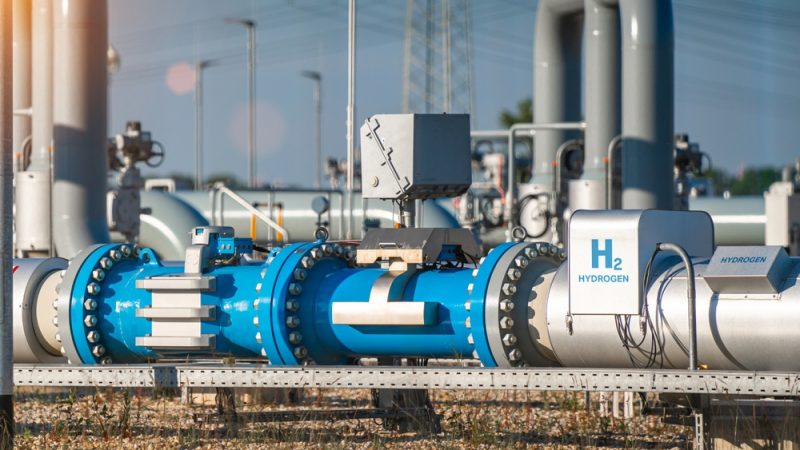
India has an abundance of coal reserves and is currently exploring ways to utilize them for hydrogen production. According to RK Malhotra, Member of India’s task force on coal-based hydrogen production, India can start producing blue hydrogen from coal mined from its abundant reserves, without waiting for green hydrogen to become commercially viable.
While green hydrogen, produced from renewable sources, is often considered the most sustainable form of hydrogen, blue hydrogen is produced by using fossil fuels such as coal, but with the addition of carbon capture, utilization, and storage (CCUS) technology. Blue hydrogen is a feasible pathway for the hydrogen economy and can contribute to India’s net zero goals, argued Malhotra.
To expedite the integration of CCUS technologies with coal gasification, Malhotra called for the establishment of commercial plants of 7,500-25,000 TPD at different pithead locations. The hydrogen produced from coal can reduce dependence on imported natural gas and can be injected into natural gas for use as HCNG fuel in vehicles and H+PNG mixture fuel in cooking.
Currently, there is only one operational coal gasification project in India, run by Jindal Steel and Power Ltd (JSPL) in its Angul plant. However, to address the lack of availability of coal for gasification, Coal India Ltd (CIL) has introduced a separate auction window for coal gasification. In addition, the government has announced several incentives for companies who want to use coal blocks won under the commercial mining regime for coal gasification.
While there is no doubt that green hydrogen is the most sustainable form of hydrogen, India’s abundance of coal reserves presents a unique opportunity to produce blue hydrogen using CCUS technology. As the country works towards achieving its net-zero goals, it is essential to explore all possible avenues for hydrogen production, including blue hydrogen from coal.

